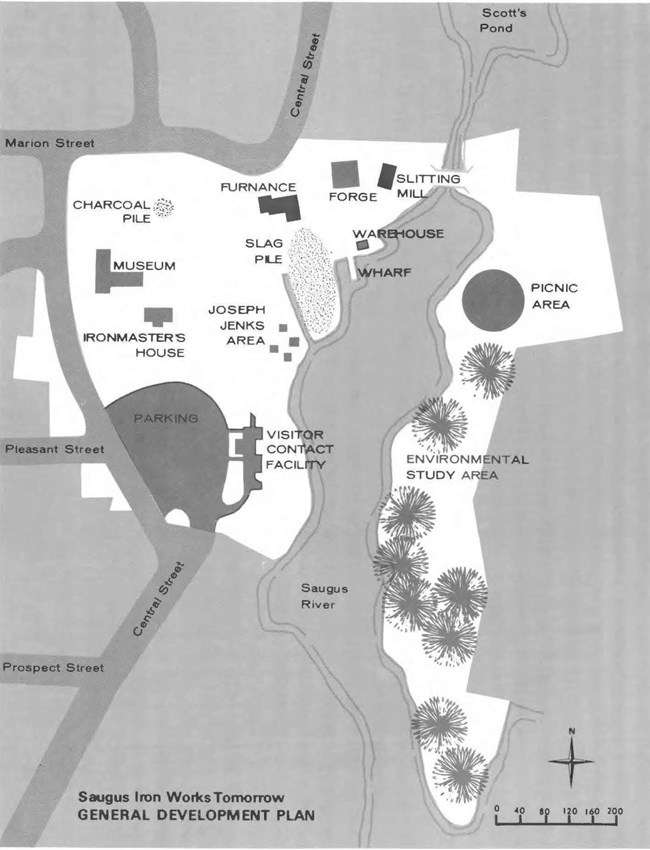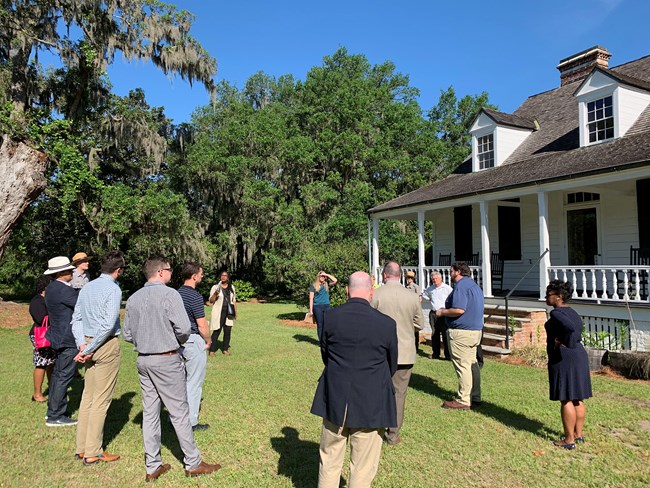
Since its inception in 1970, Harpers Ferry Center has conducted interpretive planning with national parks. HFC developed the well-known product called a “Long-Range Interpretive Plan” around 1999.An interpretive plan defines a strategy to provide a full suite of interpretive services at a unit of the National Park Service. Park managers use these plans to make decisions about:
- exhibits
- audio & video products
- websites
- live programs like ranger-guided walks
- special events
- sales areas
- community outreach, including education
- furnished spaces
- printed publications
- commercial services
- many other products and services

Today’s interpretive planning includes input from a variety of community members. We seek ways to give voice to all who interpret and support our national treasures. We ask not what our country can interpret for you, but what you can interpret for our country.
Employees within the Department of the Interior can visit HFC’s Sharepoint page for in-depth planning guidance and resources.
Looking for a plan? You can find our interpretive plans on eTIC.
For more information please email the HFC Interpretive Planning Program.
Why interpret?
NPS interpretation is based on the premise established in Management Policy 7:
"Interpretive programs are the methods the Service uses to connect people to their parks, with opportunities for all visitors to form their own intellectual, emotional, and physical connections to the meanings and values found in the parks’ stories. Facilitating those opportunities through effective interpretive and educational programs will encourage the development of a personal stewardship ethic and broaden public support for preserving and protecting park resources so that they may be enjoyed by present and future generations."
Authority for NPS interpretive and educational programs is contained in the following legislation.
-
1916 National Park Service Organic Act
-
1935 Historic Sites, Buildings, and Antiquities Act (16 USC 462(j))
-
National Environmental Policy Act of 1969 (42 USC 4332(G))
-
National Parks Omnibus Management Act of 1998 (16 USC 5911)
-
National Park Service Centennial Act (2016)
Some parks have specific mandates from Congress to provide public interpretation and education experiences in their enabling legislation or other establishment authority.
Last updated: November 20, 2024
